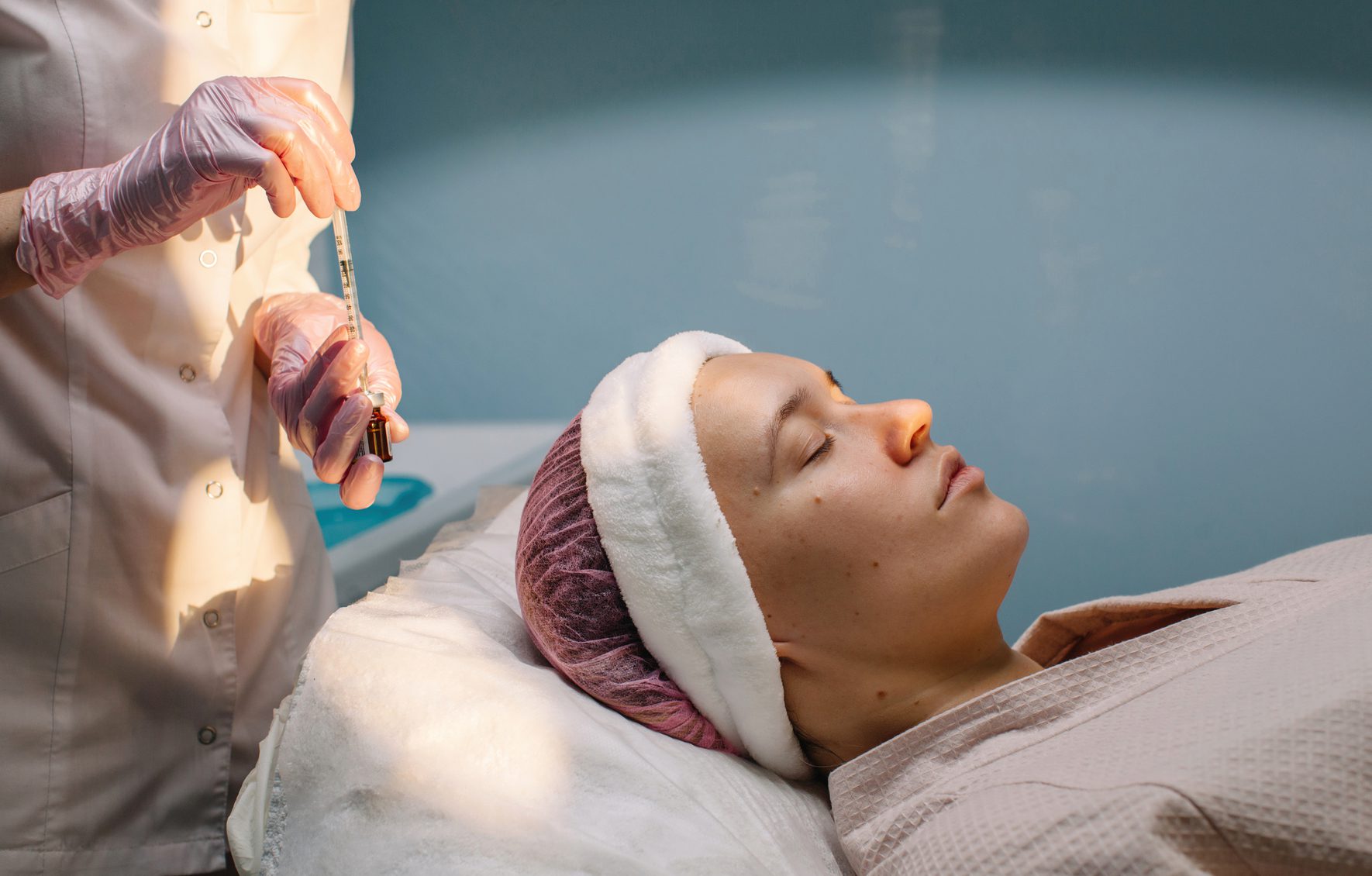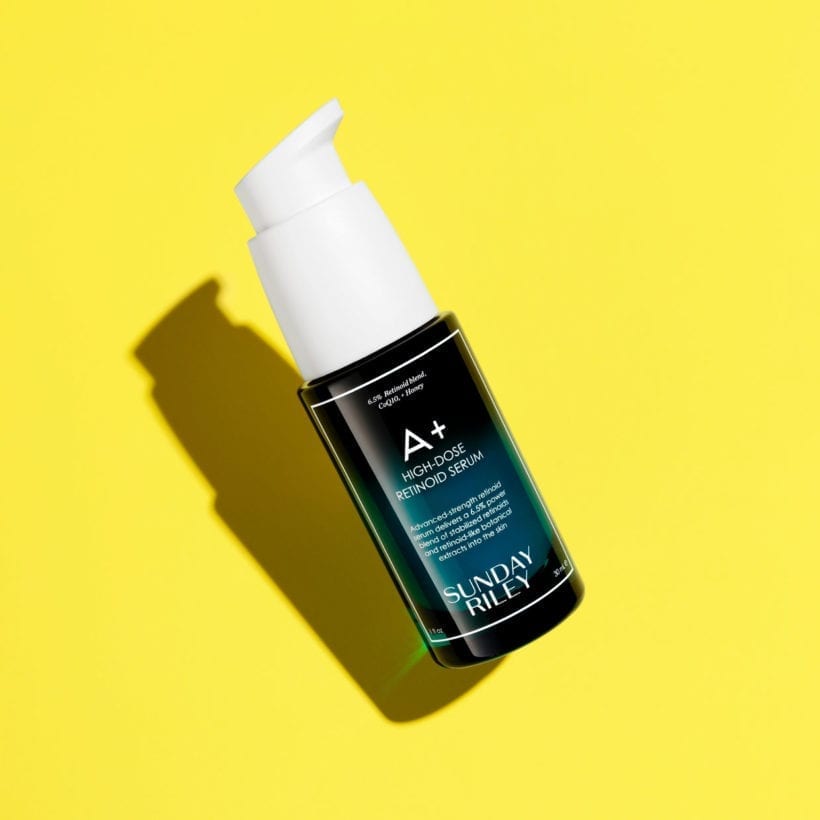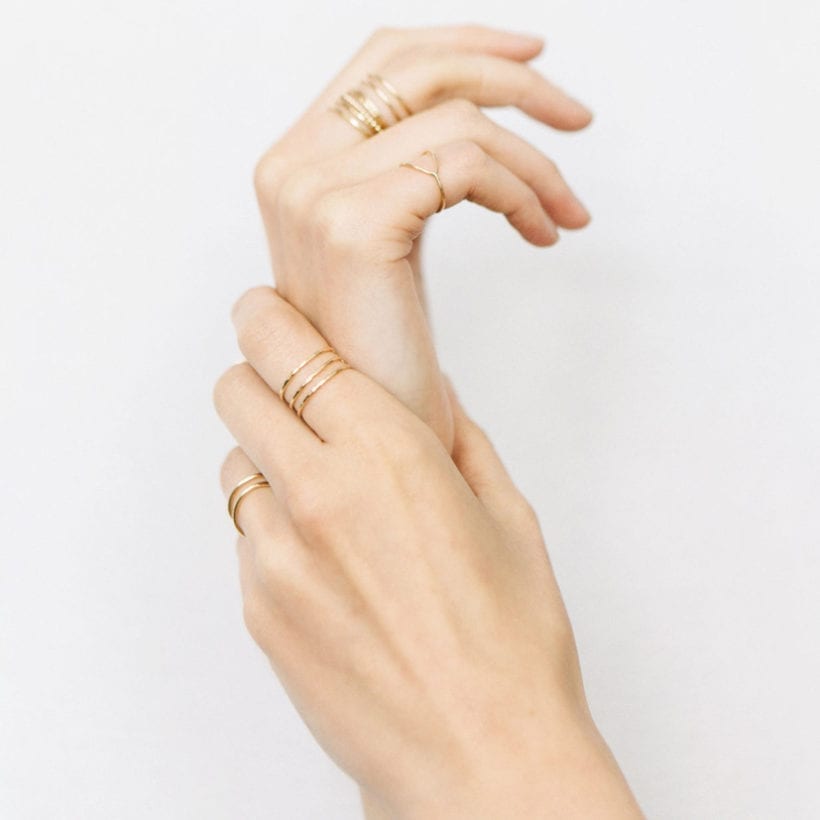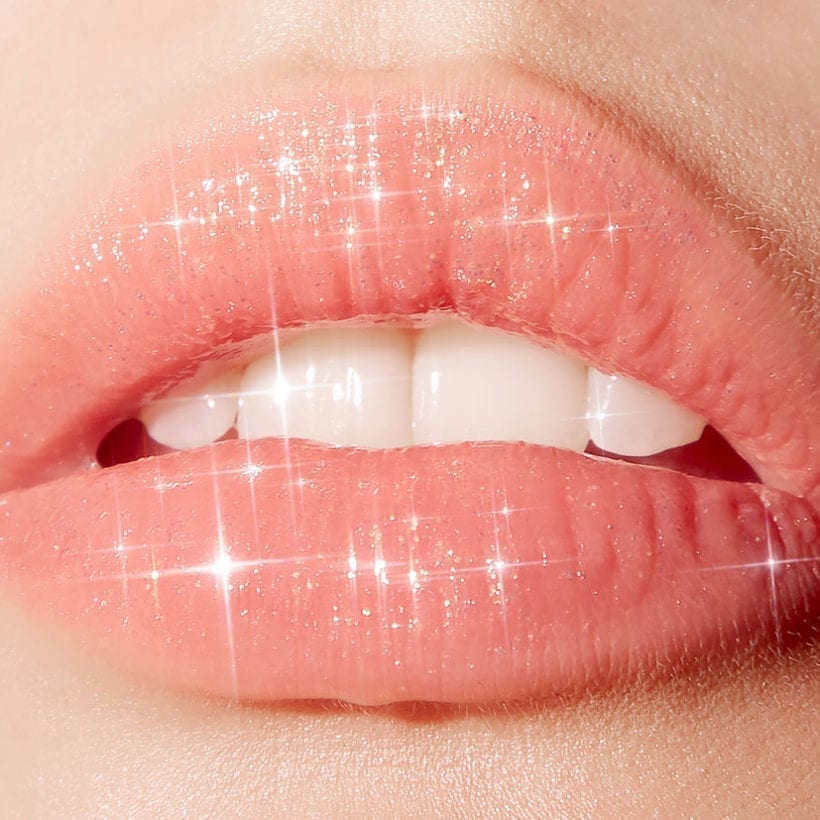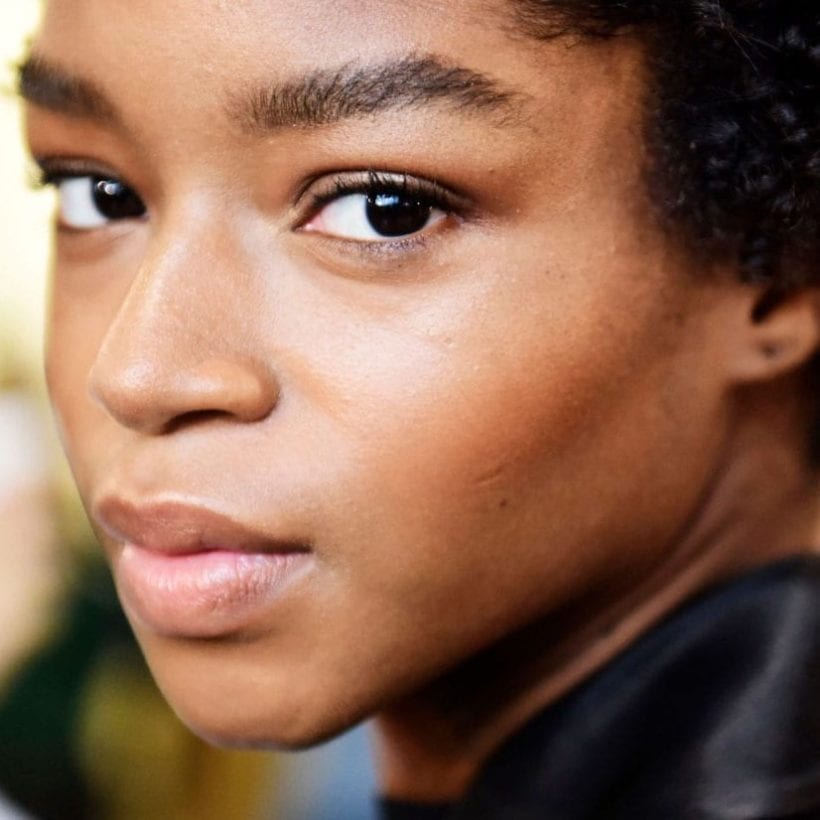If you have done any research into the topic of fillers, chances are you may have seen warnings about ‘filler fatigue’. As more of us invest in ‘tweakments’ — non-surgical aesthetic improvements — warnings of the downside to these procedures are on the rise. While filler fatigue is something to think about, it’s not a given if you decide to get fillers. Here, we spoke to two experts about what filler fatigue is, how you can avoid it, and the other options out there for a more youthful-looking face.
What is filler fatigue?
Firstly, let’s clarify what we mean by dermal fillers. Dermal fillers are a type of injectable. They fall under the category of non-invasive treatments (no surgery of general aesthetic is needed), sometimes referred to as tweakments. Unlike botox which freezes the muscle, fillers are a substance injected into the skin that adds volume and fullness. The substance used varies — it can be natural or synthetic — and they can be injected across the face including in lips, cheeks and the jawline. They are a temporary treatment and can last anywhere between three months and two years depending on the type of filler.
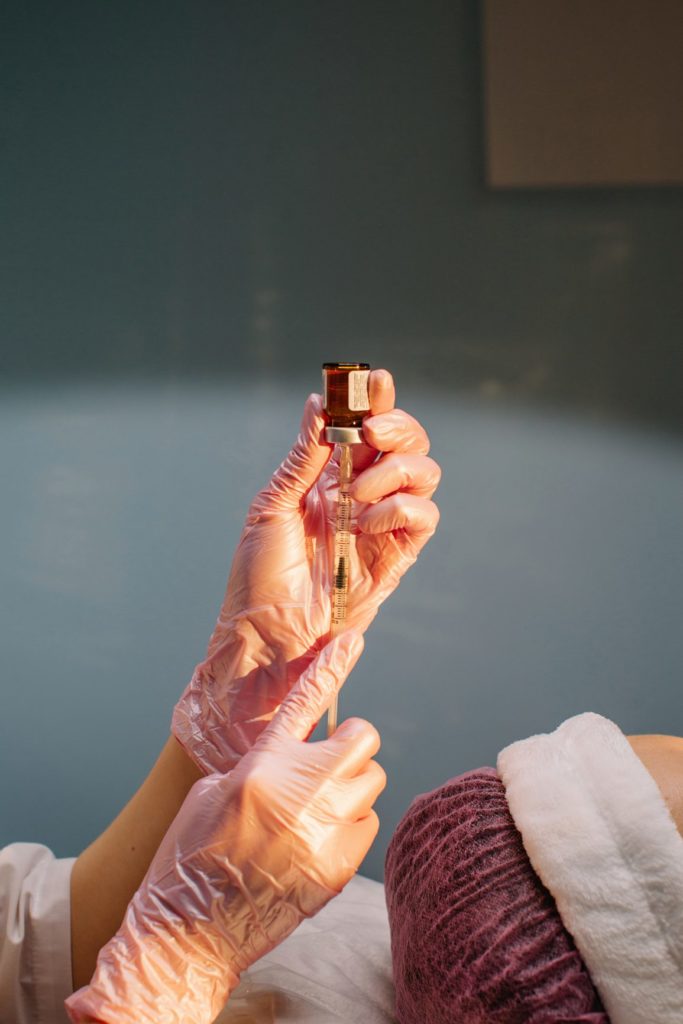
Filler fatigue occurs when you use dermal fillers too frequently. “Repeatedly having too much filler injected into the skin can stretch the skin. When the filler wears off, the skin is looser than it was before,” aesthetic nurse Nina Prisk explained. This isn’t always the case but when too much filler is used it causes this stretching or sagging of the skin. This can trap the filler user in a sort of vicious cycle, hence the phrase filler fatigue. “Patients have more fillers to fill the empty extra volume of the skin. This causes more loose skin and in turn, they want more and more,” Prisk explained.
What should you consider before getting fillers?
Just because you have filler doesn’t mean you will necessarily suffer from filler fatigue. It normally comes as a result of either too many or too frequent injections. If you’re thinking about having fillers for the first time or looking to get fillers again, there’s a couple of things to take into account. Dr. Shirin Lakhani, MBBS, MRCGP, DRCOG recommends thinking carefully about why you want them first. With the bombardment of images of beauty ideals on social media, it can be easy to get swept up in trends.
“It is important that you’re getting them for reasons that are important to you, and not because you’re trying to keep up to media pressure or to achieve the impossible,” Dr. Lakhani pointed out. Think about the results you want and be practical about what the fillers can do to your face. “Whilst fillers can help to plump sagging skin and hollow areas of the face, it’s important to be realistic about what you’re hoping to achieve,” she added.

Choosing a regulated professional is of the utmost importance. “It’s important to remember that the face has many underlying sensitive structures including nerves, vessels and so on. If the person doing your fillers isn’t trained there’s a risk of damage, artery occlusion, infection and in worst cases even death,” Dr. Lakhani warned. A trained medical professional won’t just give you the best results, but they also will be familiar with safety procedures if anything goes wrong, and will be getting the filler from a legitimate and safe supplier. “When filled carefully and in small amounts, filler fatigue can be avoided,” Prisk confirmed. By choosing a seasoned professional who will offer the right amount of fillers at the right amount of regularity, you can be reassured that you won’t suffer from filler fatigue.
Alternatives to fillers
If you’re concerned about fillers or already had some and don’t wish to have them again, you do have other options. Firstly, you can upgrade your at-home skincare routine. It won’t give you the same results as you see in a clinic but it’s a good start. “Sun protection and lifestyle habits can contribute hugely to helping to prevent premature aging of the skin and the wrinkles and lines that filler is often sought to address,” Dr. Lakhani pointed out. Start by wearing sun protection factor 30-50 every day. Similarly, you can look to include topical creams that include active ingredients like Retinol or Vitamin C which have been shown to boost cell turnover, tackle fine lines and plump the skin. Try including a Vitamin C serum like C.E.O 15% Vitamin C Brightening Serum in your morning routine and a Retinol serum like A+ High-Dose Retinoid Serum in your evening one.
In-clinic there are other non-invasive treatments that offer similar results to fillers. “While fillers aim to replace lost volume in the skin by injecting the gel-like substance into it, these treatments look to address the lack of volume, sagging skin, and wrinkles in a number of different ways,” Dr. Lakhani noted.
Here, Dr. Lakhani shares here four alternatives to fillers:
- Endolift: This innovative procedure remodels the entire face by inserting tiny fibers under the skin. It corrects mild sagging of the skin and fat accumulations on the lower third of the face (double chin, cheeks, mouth, jawline) and neck as well as for correcting the skin laxity of the lower eyelid.
- Profhilo: This is essentially an injectable moisturizer (containing hyaluronic acid), rather than a filler. It effectively hydrates the skin from the inside out. Hyaluronic acid can hold 1000 times its weight in water creating a significant deep moisturizing activity.
- PRP therapy: This procedure, sometimes called a ‘Vampire Facelift’ involves giving a patient injections using their own blood components — called platelets — which have growth factors that can stimulate blood flow and boost collagen.
- Fraxel: This laser treatment isn’t invasive like fillers and instead aims to rejuvenate the skin. It’s a non-invasive microscopic laser that penetrates the skin to encourage new collagen and elastin growth.
We only recommend products we have independently researched, tested, and loved. If you purchase a product found through our links, Sunday Edit may earn an affiliate commission.
